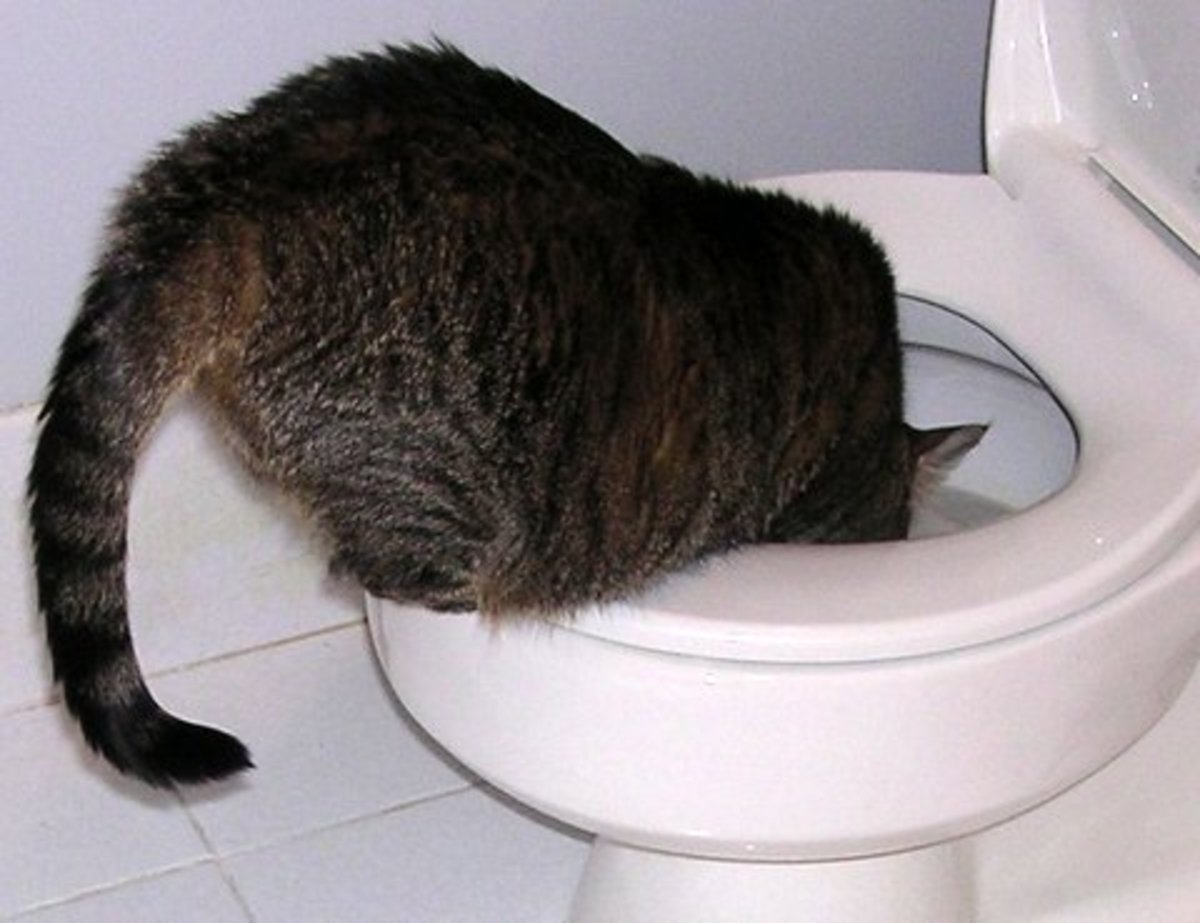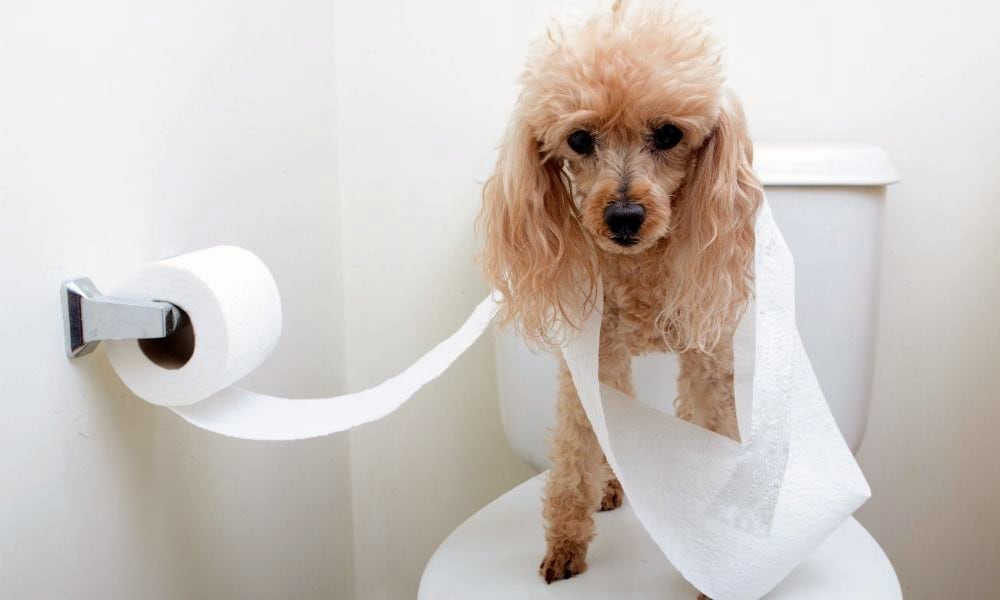Our Consequences of Flushing Animal Waste Down the Toilet
Our Consequences of Flushing Animal Waste Down the Toilet
Blog Article
Everybody has their unique conception with regards to Can You Flush Dog and Cat Poo Down the Toilet?.

When it involves getting rid of waste, particularly animal waste, many individuals usually consider the convenient alternative of flushing it down the commode. Nevertheless, this apparently easy solution can have severe effects for the environment and public health. In this write-up, we'll discover why flushing animal waste down the bathroom is a poor concept and supply alternate techniques for correct disposal.
Introduction
Appropriate garbage disposal is crucial for keeping environmental sustainability and public health. While it might seem harmless to flush animal waste down the toilet, it can result in various issues, both for the setting and human well-being.
Risks of flushing pet waste
Ecological influence
Flushing animal waste presents harmful microorganisms and microorganisms into waterways, which can negatively affect water ecosystems. These microorganisms can pollute water sources and injury aquatic life, interfering with delicate environments.
Public health worries
Animal waste consists of hazardous microorganisms such as E. coli and Salmonella, which can position serious health risks to people. Flushing pet waste down the toilet can contaminate water products, causing the spread of conditions and infections.
Alternatives to flushing
As opposed to purging animal waste down the toilet, there are several alternate disposal methods that are extra environmentally friendly and sanitary.
Composting
Composting pet waste is an environment-friendly way to deal with it. By composting, raw material is broken down right into nutrient-rich dirt, which can be utilized to feed yards and plants.
Land fill disposal
Taking care of animal waste in a garbage dump is an additional option. While not as eco-friendly as composting, it is a safer choice to flushing, as it avoids the contamination of water resources.
Pet garbage disposal systems
There are specific pet dog garbage disposal systems readily available that securely and hygienically get rid of pet waste. These systems commonly make use of enzymes to break down waste and remove odors.
Actions to appropriate pet garbage disposal
To make certain appropriate disposal of pet waste, follow these steps:
Scooping and getting waste
Consistently scoop and bag pet waste making use of eco-friendly bags. This stops waste from contaminating the setting.
Using marked waste containers
Dispose of bagged animal waste in assigned waste containers, such as compost containers or land fill containers. Avoid flushing it down the toilet whatsoever expenses.
Cleaning litter boxes and pet dog locations consistently
Consistently tidy litter boxes and pet dog areas to prevent the accumulation of waste and bacteria. Usage pet-safe cleansing items to keep health.
Advantages of correct disposal methods
Embracing correct disposal methods for pet waste provides several advantages:
Decreased environmental pollution
Proper disposal methods lower the danger of environmental pollution, securing rivers and environments from contamination
Minimized threat of water contamination.
By preventing flushing pet waste down the toilet, the threat of water contamination is substantially reduced, securing public health.
Enhanced sanitation and health
Appropriate disposal approaches advertise much better sanitation and health, developing a much safer setting for both human beings and animals.
Final thought
In conclusion, purging pet waste down the commode is harmful to the atmosphere and public health. By embracing alternative disposal methods and adhering to proper waste monitoring methods, we can decrease the unfavorable impact of pet waste and contribute to a cleaner, much healthier planet.
What To Do With Dog Poo – The Do's And Don'ts Of Disposing Of Faeces
Dog poo bins
Some councils provide dedicated dog waste bins in popular dog-walking areas that can take dog poo that has been bagged but you can legally dispose of dog waste in any public litter bin, as long as it is securely bagged. This also applies to your wheelie bin at home.
Do not flush
Water companies do not recommend flushing dog faeces down the toilet because certain parasites can survive the water processing treatment and are potentially harmful to humans. You should also never consider flushing dog poo that has been bagged down the toilet as the bags will not break down and instead create severe blockages in the sewage system.
In the woods
The Forestry Commission promotes a ‘stick and flick’ method for dealing with waste in the woods. This means finding a stick and using it to flick any poo from off the path so that it is out of the way of other walkers. You could also bury it as long as it is not in an area where there might be livestock.
Livestock
Parasites found in dog poo can be transmitted to livestock if they inadvertently eat infected faeces that has been left on grazing land. This could result in the death of sheep or abortion in cattle so you should always make sure you pick up your dog’s waste in fields where livestock could be present.

Consistently tidy litter boxes and pet dog areas to prevent the accumulation of waste and bacteria. Usage pet-safe cleansing items to keep health.
Advantages of correct disposal methods
Embracing correct disposal methods for pet waste provides several advantages:
Decreased environmental pollution
Proper disposal methods lower the danger of environmental pollution, securing rivers and environments from contamination
Minimized threat of water contamination.
By preventing flushing pet waste down the toilet, the threat of water contamination is substantially reduced, securing public health.
Enhanced sanitation and health
Appropriate disposal approaches advertise much better sanitation and health, developing a much safer setting for both human beings and animals.
Final thought
In conclusion, purging pet waste down the commode is harmful to the atmosphere and public health. By embracing alternative disposal methods and adhering to proper waste monitoring methods, we can decrease the unfavorable impact of pet waste and contribute to a cleaner, much healthier planet.
What To Do With Dog Poo – The Do's And Don'ts Of Disposing Of Faeces
Dog poo bins
Some councils provide dedicated dog waste bins in popular dog-walking areas that can take dog poo that has been bagged but you can legally dispose of dog waste in any public litter bin, as long as it is securely bagged. This also applies to your wheelie bin at home.
Do not flush
Water companies do not recommend flushing dog faeces down the toilet because certain parasites can survive the water processing treatment and are potentially harmful to humans. You should also never consider flushing dog poo that has been bagged down the toilet as the bags will not break down and instead create severe blockages in the sewage system.
In the woods
The Forestry Commission promotes a ‘stick and flick’ method for dealing with waste in the woods. This means finding a stick and using it to flick any poo from off the path so that it is out of the way of other walkers. You could also bury it as long as it is not in an area where there might be livestock.
Livestock
Parasites found in dog poo can be transmitted to livestock if they inadvertently eat infected faeces that has been left on grazing land. This could result in the death of sheep or abortion in cattle so you should always make sure you pick up your dog’s waste in fields where livestock could be present.

Hopefully you enjoyed our piece on . Thanks a ton for taking time to read our blog post. Are you aware of someone else who is looking into ? Be sure share it. I praise you for your time. Revisit us soon.
Call Today Report this page